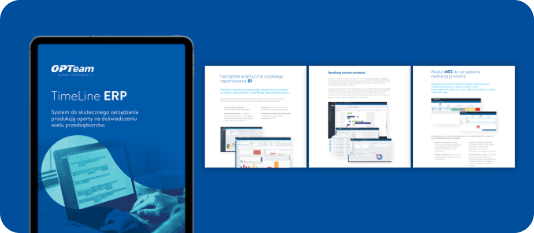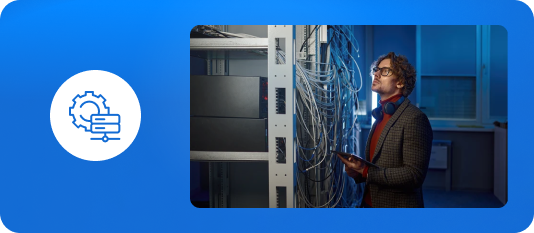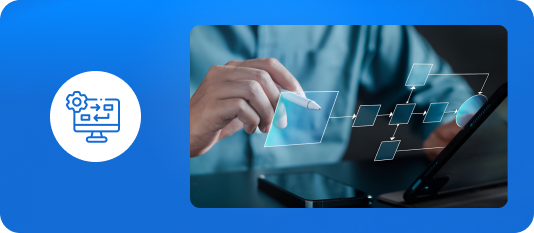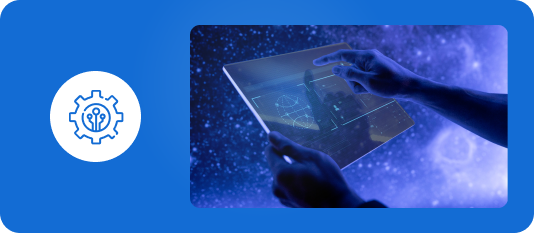Student e-File. Digitizing documentation as an element of university digital accessibility
Digitalization in the higher education sector is progressing rapidly. This is reflected in the automation of further administrative processes and the digitization of documentation, including student documentation related to the course of study. What does electronic document management look like in practice? Is it an alternative, or perhaps a necessity, in the context of a digitally accessible university?
The Act of July 20, 2018 – Law on Higher Education and Science (Journal of Laws of 2023, item 742, as amended) introduced the so-called Student E-Fold, enabling the management of study records in electronic form. The rules for maintaining this documentation were defined in the Regulation of the Minister of Science and Higher Education of September 27, 2018, on studies (Journal of Laws of 2021, item 661, as amended) and further clarified by regulations introduced in subsequent years. The issue of handwritten certification was resolved by allowing authentication in the university's IT system, the use of qualified university seals, and electronic signatures.
The degree of digitization of student records
Currently, most university documentation can be digitized, and even should be, to the extent permitted by applicable legal regulations. The transformation initiated by these regulations has paved the way for digitization in the areas of study program management and the electronic circulation of student documents. While digitization remains voluntary under existing law, evolving regulations focused on increasing university digital accessibility increasingly suggest that it may be only a matter of time before it becomes mandatory. This stems primarily from the desire to streamline administrative processes, ensure faster access to information about the university's educational process, and facilitate communication between the university and students, as well as between its faculties and units.
To date, few universities have implemented tools for managing student documentation in electronic form or, to the extent permitted by regulations, transitioned from paper to digitized documentation. Some universities have opted for a hybrid approach, combining traditional documentation management with digital technology. Some universities also maintain all documentation exclusively in paper format. This stems from, among other reasons, the lack of mandatory requirements and ambiguous provisions requiring interpretation. Another issue highlighted is the technical challenges of integration with existing IT systems and concerns about incompatibility. Equally important is adapting the new solution to current and constantly evolving legal regulations, which may require changes to the implemented tool sooner or later.
nAxiom low-code app is the answer to digital dilemmas
Most of the dilemmas surrounding the decision to digitize course documentation are resolved by the E-Student File application, built on the nAxiom platform. This isn't just another piece of universal software, but a specialized application designed exclusively for universities. This stems from the collaboration between two groups: IT specialists and administrative staff, where the former utilized low-code technology to build the tool in accordance with guidelines from the dean's offices. Therefore, dean's office staff are not merely users of the application, but rather its creators, who, based on their knowledge and experience, identified its key functionalities. The result is a solution that aligns with the specific work of dean's offices and complies with statutory guidelines regarding the digitization of course documentation.
The application meets the formal requirements for maintaining student personal records, as regulated by law. Built using low-code technology, it allows for easy modifications should the university deem it necessary – whether to adapt to its own procedures or to address future regulatory changes. Modifications are quick to implement, do not interrupt application operation or process management, and are therefore inexpensive. The application can be integrated with other systems used at the university, as it is built on the nAxiom platform, which helps eliminate the functional limitations of discipline-specific systems. Furthermore, the mechanisms used ensure ease of use and the security of stored data, confirmed by numerous tests and certifications.
The advantage of the Student E-Portfolio lies in the innovative technology used. Documents are added, downloaded, created, and modified using authentication mechanisms and electronic signatures. The OPTiSIGN electronic signature module, which integrates with university signatures, enables the use of serial signatures for documents. Any changes to data sets can only be made by authorized individuals, and each action is automatically recorded.
Key benefits of document digitization
Universities that have implemented the Student E-Folder have achieved a number of operational and financial benefits. They emphasize the efficiency of administrative procedures, the quality of course management, the convenience of information access, and the security of processed data as essential aspects of a modern and digitally accessible university. They point to valuable time savings thanks to quick access to student documentation centralized in a single electronic repository integrated with subject-specific systems within the IT infrastructure. Document searches have become easier and can be performed remotely, speeding up administrative work.
Storing and managing digitized documentation has eliminated the need for traditional documents, including folders and binders, reducing the costs associated with traditional archiving. It has eliminated the risk of errors and duplication of formalities undertaken during the course management process. It has also increased data security by creating backup copies of digitally collected information.
Summary
The decision to implement the Student E-Fold application is a matter of streamlining administrative processes for managing the course of study and increasing digital accessibility. Although there are still documents that must be available in paper format, digitizing the remaining documents provides benefits that will benefit all university staff. The same applies to students, who eagerly await further technological solutions introduced at universities. All of this means that the introduction of mandatory storage of digital versions of course documents can, and in fact is, already becoming a reality.














